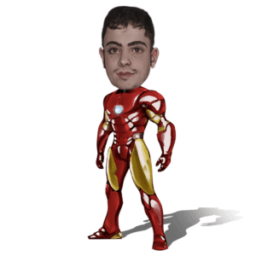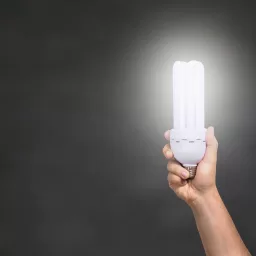Assistive Technology For People With Disabilities
The only thing “disabling” about living with a disability is the inconvenience presented by things designed to suit the needs of most people. If you are in a wheelchair, a long flight of stairs presents a challenge. By removing barriers to access-for example by building wheelchair ramps-it’s possible to minimize the inconvenience for people with disabilities. While ramps are no new invention, there are numerous technologies that can be used to aid the disabled.
Assistive technologies are applications of modern technology to make it easier for people with disabilities to live their lives independently and with confidence. The first law specifically advocating the development of assistive technology is the Technology-Related Assistance for Individuals with Disabilities Act of 1988. Since then numerous laws have been passed to expand the use of assistive technologies and support their development.
Many of the earliest applications of assistive technology were for people with hearing difficulty. For decades now, telecommunications companies have been required to provide systems that convert between text and speech for the hard of hearing, including teletext and closed captioning. These systems were implemented before the development of effective computer-based text-to-speech, so they were carried out by people trained to listen and type in real time.
Assistive technologies for computer use have boomed in recent years as access to computers and the internet have become a crucial component of modern life. With the help of screen readers and similar technology, people with visual impairments can use the internet almost as easily as a person without visual impairments. This has enabled the visually impaired to have access to the wealth of information available online.
Aside from technologies for the hearing- and visually-impaired, people with other kinds of disabilities also benefit from technology. Mobility technology and durable medical equipment allow people with conditions like cerebral palsy to get around independently-something that would have been nearly impossible not long ago. Mobility technologies have also helped many elderly people live much fuller lives than they would otherwise.
If you live with a disability, you can seek financial assistance from the Social Security Administration to help you pay for assistive technology. The process of receiving social security benefits can be a difficult one, however. Only a lawyer can help you successfully get the technology you need.
The experienced Indiana disability lawyers of the Hankey Law Office are here to help you. To discuss your case directly with an Indianapolis disability attorney, call the Hankey Law Office today.
technology
#Assistive #Technology #People #Disabilities
Will be pleased to have you visit my pages on social networking .
Facebook page here.
Twitter account is here.
Linkedin account here
Post byBedewy for info askme VISIT GAHZLY



